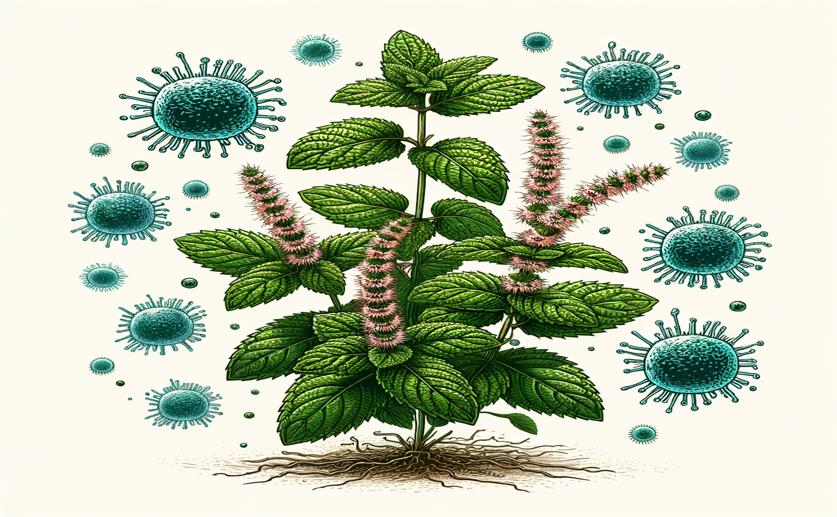
Antifungal Properties and Plant Compounds of Wild Mint Oils
Jim Crocker
28th May, 2024

Image Source: Natural Science News, 2024
Key Findings
- The study by the University of Kurdistan examined essential oils from wild mint (Mentha longifolia) collected in Iran and Iraq
- Essential oils from different regions showed significant differences in chemical composition and antifungal effectiveness
- Some wild mint accessions had higher concentrations of antifungal compounds, making them more effective against crop-damaging fungi
References
Main Study
1) Phytochemical profile and antifungal activity of essential oils obtained from different Mentha longifolia L. accessions growing wild in Iran and Iraq
Published 27th May, 2024
https://doi.org/10.1186/s12870-024-05135-z
Related Studies
2) Research Progress on Phytopathogenic Fungi and Their Role as Biocontrol Agents.
3) Anticancer Effects of Wild Mountain Mentha longifolia Extract in Adrenocortical Tumor Cell Models.
4) Evaluation of some plants used in Turkish folk medicine against parasitic infections for their in vivo anthelmintic activity.
Journal: Journal of ethnopharmacology, Issue: Vol 108, Issue 2, Nov 2006



 1st March, 2024 | Jenn Hoskins
1st March, 2024 | Jenn Hoskins